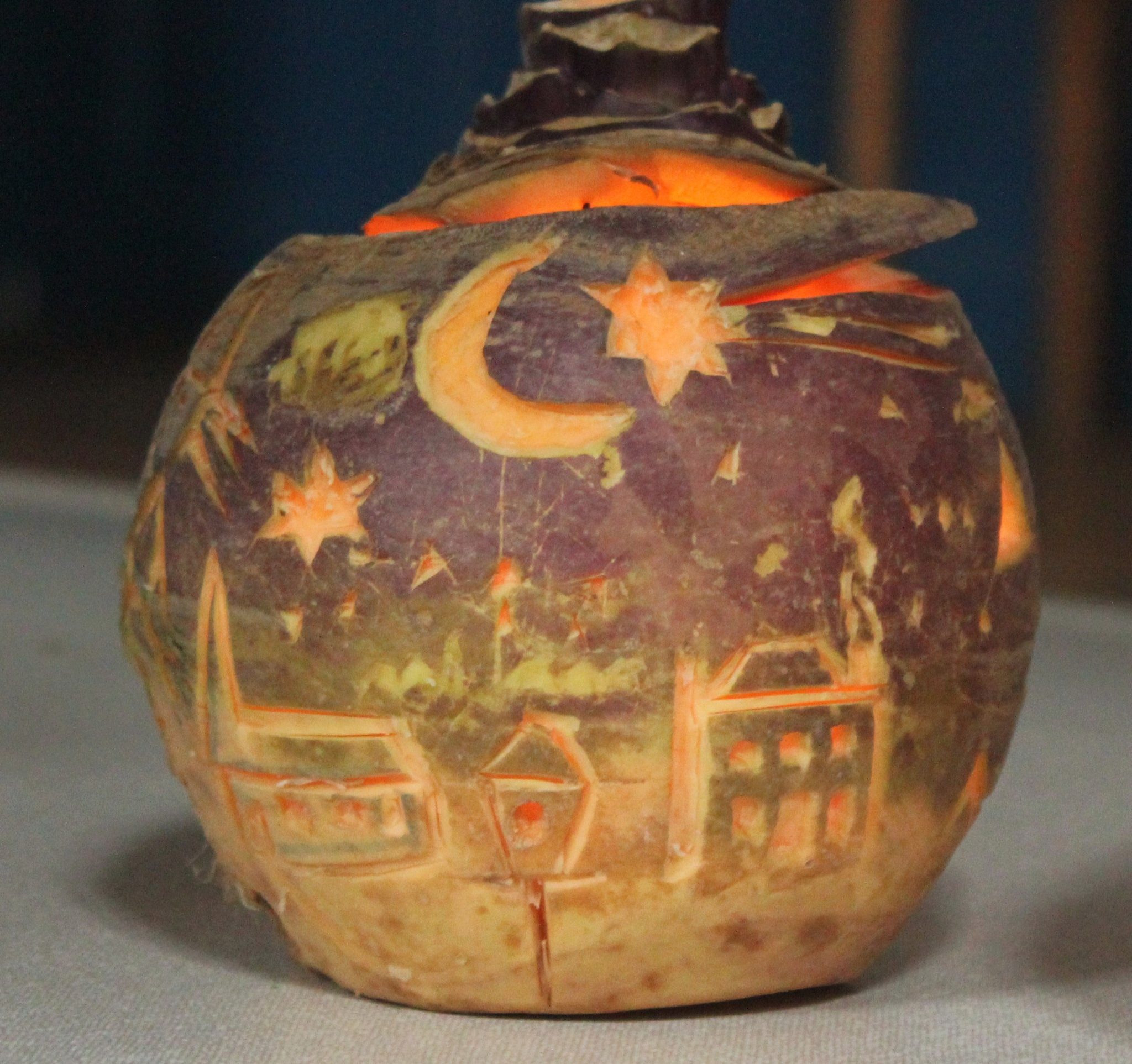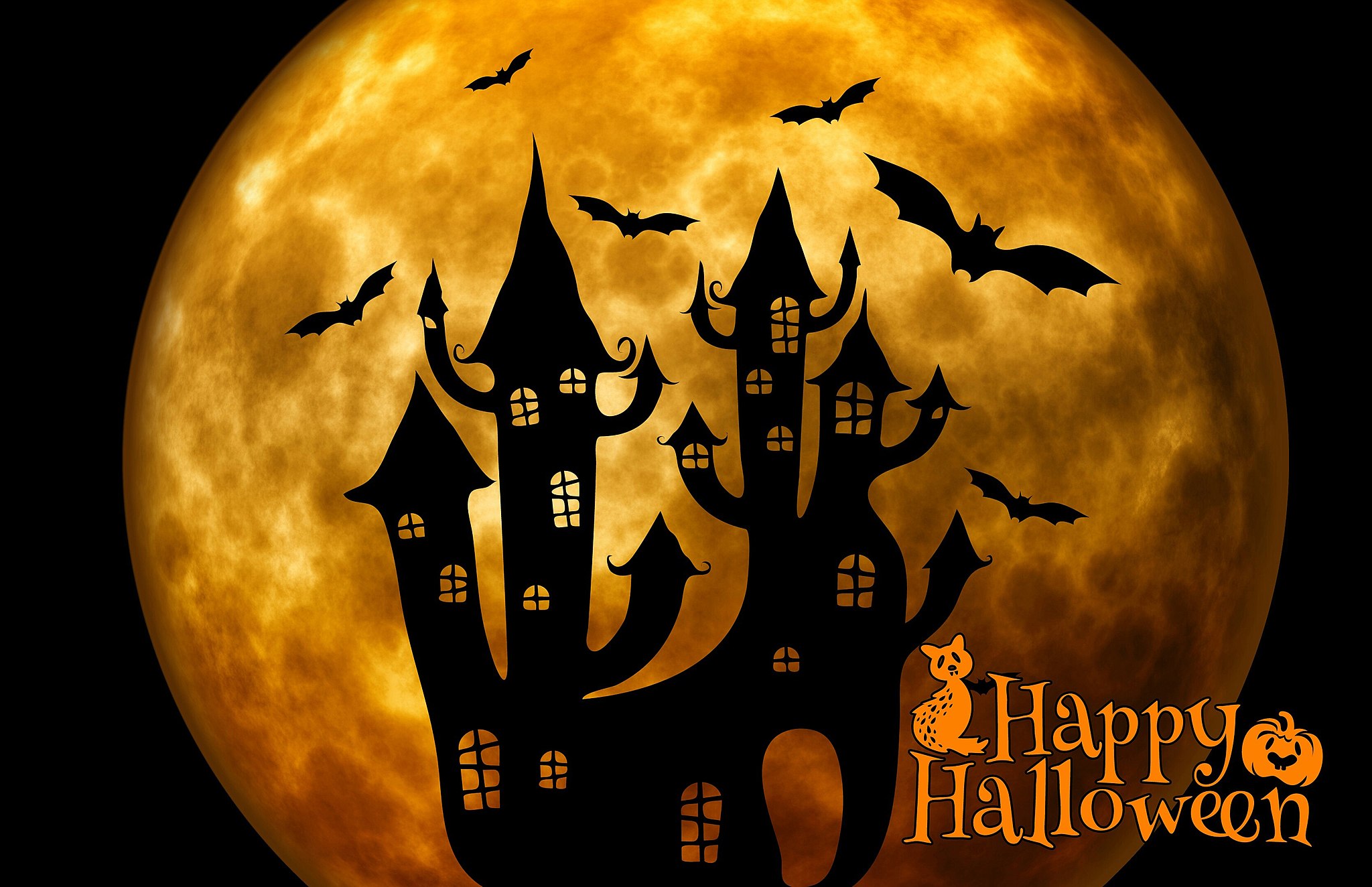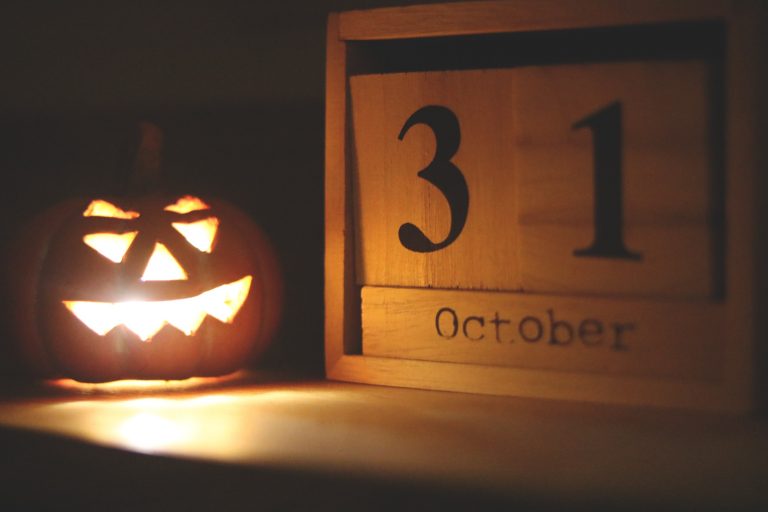With the 31st falling on a Sunday, and a much-anticipated three-day “Halloweekend” approaching, many industry experts are expecting a bustling Halloween in the U.S. this year. According to the National Retail Federation, Halloween shoppers will part with a record $10.14 billion. Halloween & Costume Association (HCA) predicts an even higher number, closer to 11 billion dollars spent on Halloween, with an estimated 272 million Americans planning to celebrate in 2021.
Costumes, decorations, seasonal theme parks, and October horror movie premieres are some of the many ways North Americans spend their money on the holiday. Over one fifth of survey respondents stated that they planned to dress their pet in a costume for Halloween.
Those between the ages of 18 and 34 are said to be the most likely to participate in Halloween activities, and they are also the most extravagant spenders, shelling out over twice as much on their costumes as older people and children.
How it all began
The origin of Halloween can be traced back to the Celts, an ancient tribe of people who inhabited the British Isles and portions of France and Spain. Concentrated mainly in Ireland, the Celts celebrated an annual holiday called Samhain (pronounced sow-in) on the night of October 31 to commemorate the end of harvest and the beginning of their new year, starting on November 1.
It was believed that the veil between the physical and spirit worlds was thin during Samhain, and that on this one night both ghosts of departed loved ones and malevolent spirits could roam freely among the living. The festivities began at dusk when the ghosts came through the veil.
Success
You are now signed up for our newsletter
Success
Check your email to complete sign up
In order to ward off evil spirits, all manner of strange ceremonies emerged. Along with great bonfires, there were animal and crop sacrifices offered to the spirits. People would disguise themselves and go door to door offering a small performance in exchange for treats, fuel, and food for the feast.

Deceased loved ones were attended to, with a place set for them at the affair, and pranks were common, with the “spirits” taking the blame. The first Jack-o’-lanterns were actually rutabagas, a large, pink member of the turnip family. They were hollowed out, carved, and illuminated; and thus used to either frighten others or to ward off evil spirits.
Shape shifting and shipping abroad
Apple bobbing was incorporated into the Samhain festivities after Emperor Claudius invaded Britain in 43 AD, introducing Roman customs and culture. As a sign of fertility and abundance, the first apple taken out of the water (by mouth only) belonged to the next person to be wed.
Around 800 AD, Samhain was appropriated by the Catholic Church and Christened “Halloween,” burying its pagan roots. The U.S. owes its introduction to the holiday to the Irish Potato Famine of 1845-1852, which drove 1.5 million Irish to America, bringing their traditions with them.
American Halloween remained based on Celtic harvest feasts through the 19th century, with bonfires and masks. Pranks like greasing door knobs and jamming doorbells were also common.
In the 1920s Halloween became much more of a children’s holiday. Trick-or-treating started to replace pranks in the 1930s, as costumes became popular. The focus was to make light of death and evil by turning darker themes into something not to be feared. Youngsters dressed as witches and monsters, and the use of treats to fend off wicked beings became popular. Halloween started to make money in the 1950s.
Halloween and modern culture
Sociologists state that the best way to understand a society is to observe its holidays. Halloween, with its focus on identity, terror, and transgression, may teach us a lot about who we want to be and what we are afraid of becoming.
Historian Nicholas Rogers, has argued that many of the holiday’s themes and rituals are related to opposing societal ideals. For example, in the 1970s, urban legends about razor blades in apples mirrored societal worries about the loss of one’s sense of belonging and fear of outsiders. Worries over skimpy costumes have lately resurfaced, coinciding with greater concerns about young girls growing up too rapidly.
As social media facilitates the widespread sharing and promotion of everything under the sun, handcrafted costumes for pets are becoming more popular. Netizens went wild over Steve Mckay and the costumes he made for his two rescue dogs, including a pair of cacti, a bee, and a sunflower.
According to Google’s FrightGeist, the HCA is enjoying record sales in group costumes, pop culture allusions, dinosaurs, witches, etc. Pumpkin carving, parades, haunted houses, eerie music, and most importantly, eating copious amounts of bite-sized candy, are the customs associated with the holiday today.

Whether seen as a children’s holiday, a harvest festival, a night of mischief, or an adult party, Halloween and its commercial opportunities are here to stay. If you wish to save some money, there’s still time to make your own costume, a creative endeavor that will add to the fun. If you are concerned about the unfathomable amount of sugar that will be drifting about your neighborhood; small toys, pencils, games, and water bottles are also acceptable “treats.” If you are not looking forward to it in the least, close your eyes and it will soon be over…the Christmas displays are already lined up!
Ila Bonczek contributed to this report.














